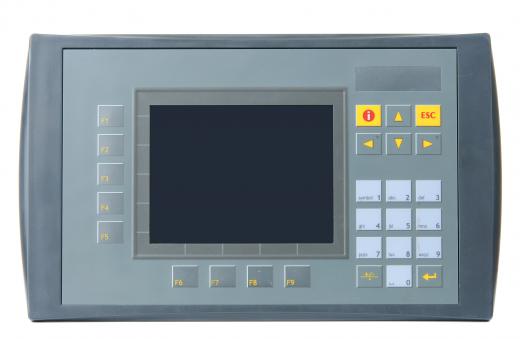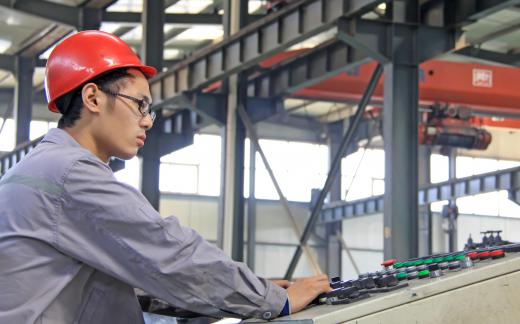Continuous process control is a method employed by manufacturers to precisely control the quality or properties of a product without halting production to make minor changes to the process. Generally, whenever there is mass production, there is inevitably some type of automation because manually inspecting the output of a continuous process can take significant time, ultimately reducing production. Continuous process control allows for uninterrupted monitoring of the variables involved with mass production and supervising a series of processes is key to controlling the outcome. Without some control over a process in which products are created, the end results could vary widely. Continuous process control provides an ability to change the variables affecting a finished product.
Looking at a simple automated process can reveal how innovative this method can be. For example, the continuous process control method can be used on an automated assembly line making ordinary chimney bricks to ensure that the finished bricks meet certain criteria. As the bricks reach the end of the production process, an automated scale may check the weight. Any weights outside the desired specifications may indicate an adjustment to the process is necessary, such as an increase of temperature or reduction in one part of the mixture.

In this scenario, a machine monitors the automated process. This machine is almost always part of a larger system known as a programmable logic control (PLC) unit. The PLC unit is responsible for comparing the information that the scale inputs, such as the weight of a brick, to a given set of parameters. When the PLC unit receives information that is unacceptable, instructions automatically direct it to adjust certain parts or steps in the continuous process control, ultimately affecting the finished product.

Automation has only increased the output of any industry using it. Without mass production and continuous processes, everything would require manual labor. The time required for a human to physically check the properties of a product and make any corresponding adjustments to processes can be detrimental to efficiency and production standards. Automated systems, especially those employing PLC units, can make those decisions as well as the adjustments in a fraction of the time required for them to be done manually.
Some simple examples of mass production variables can include weight, temperature, size, or any other physical property of a given product. Maintenance of desired results often necessitates frequent adjustments. Simply allowing an automated process to continue without any type of control can result in excessive production costs or inferior product quality. Human supervision is thus still integral to efficient continuous process control.
